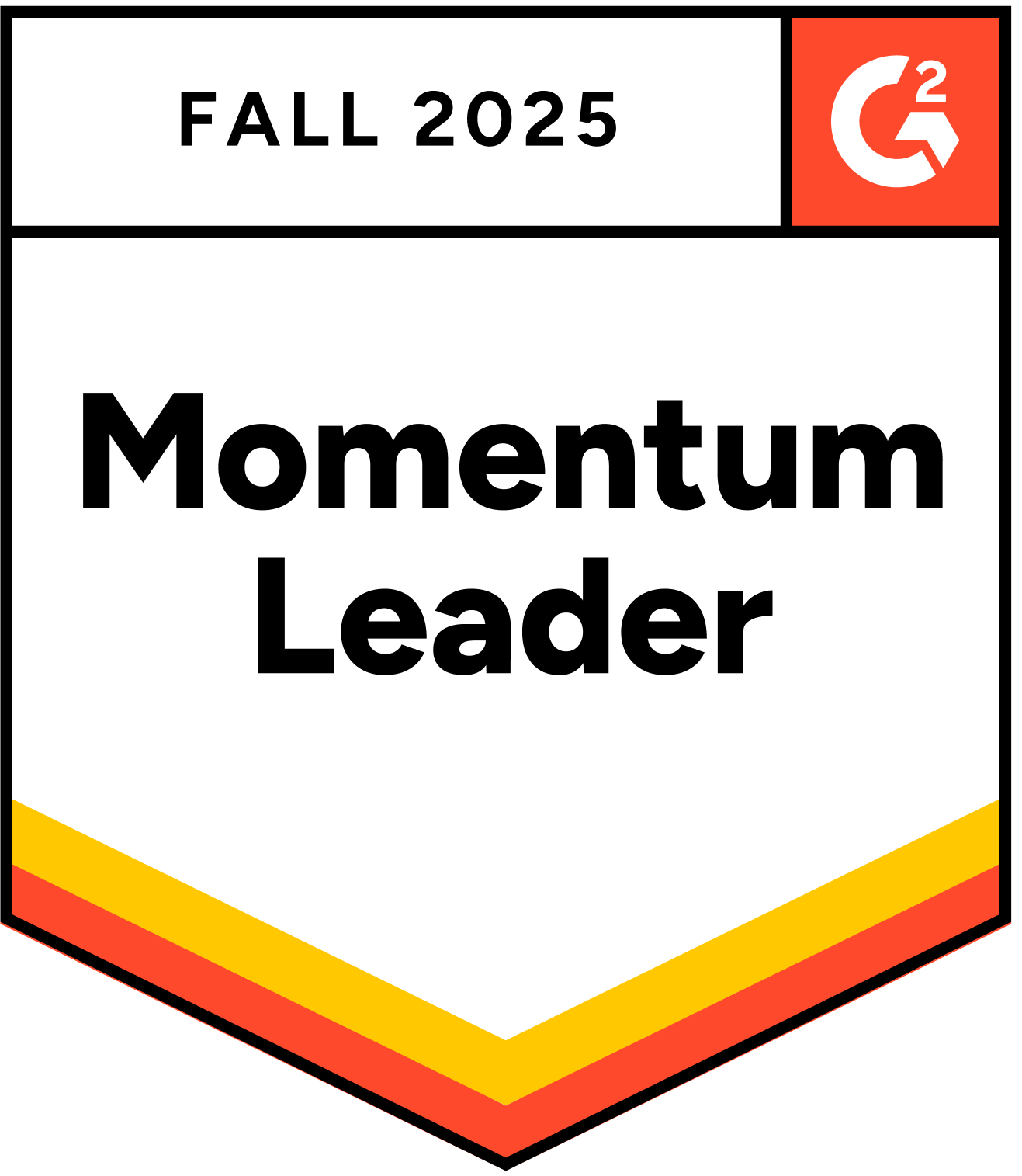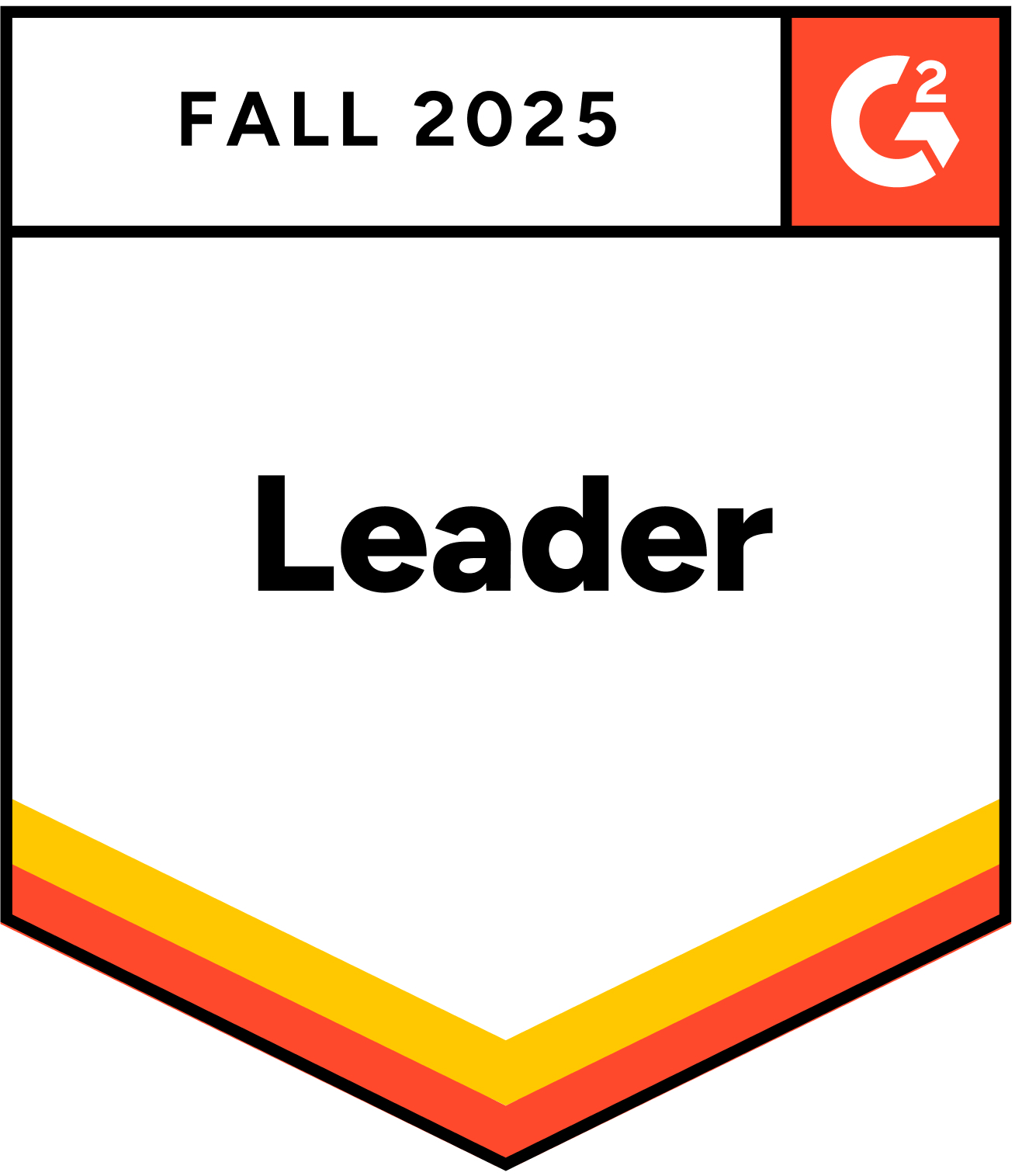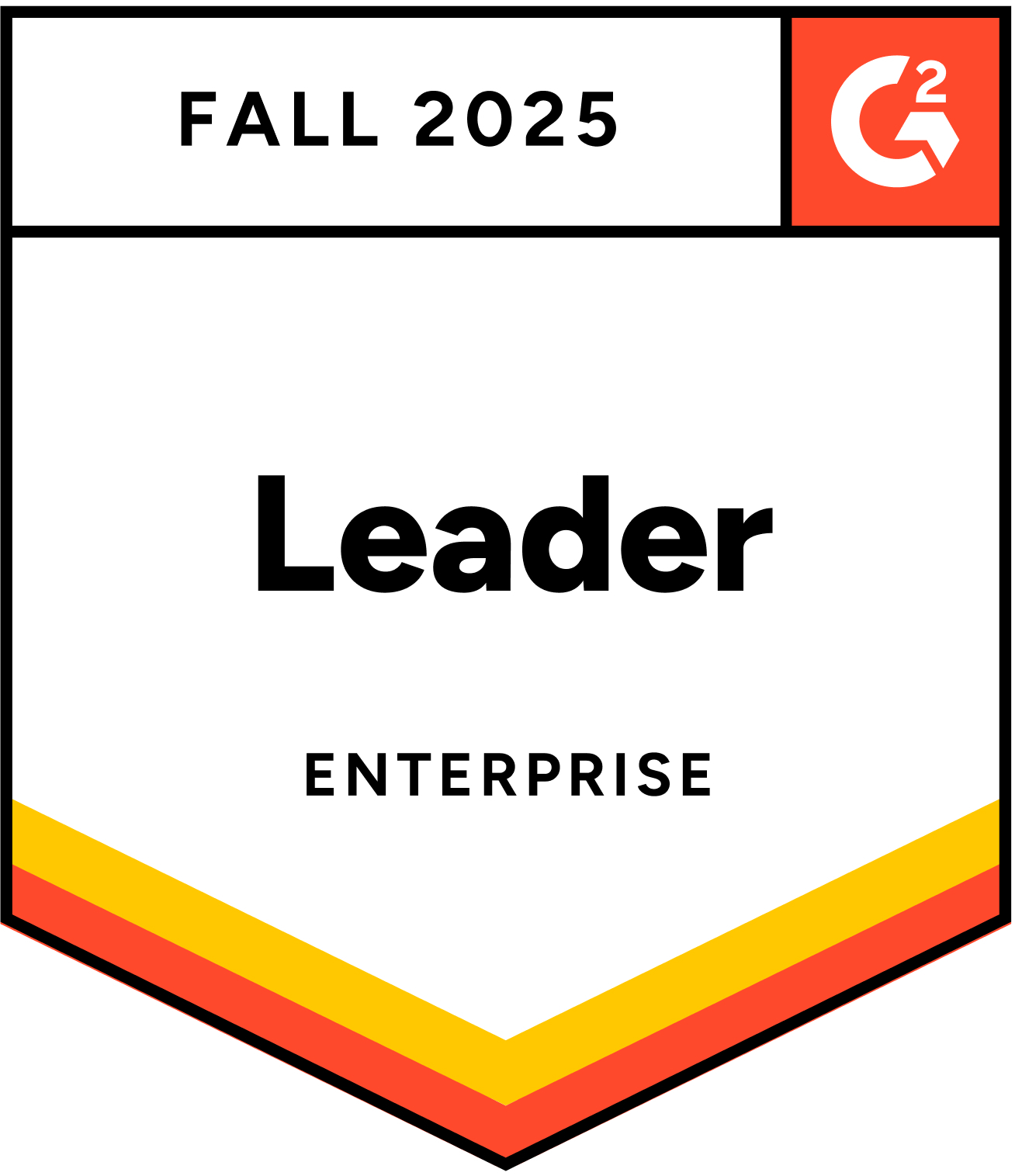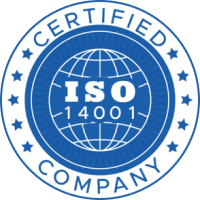I’m Shehzad, head of marketing at Joveo. After years building brand, demand gen, and revenue enablement engines across fast-growing tech companies, I’ve learned that the best marketing happens when creativity meets data-driven, scientific rigor.
What initially drew me to marketing was the opportunity to create things that influence audiences we care about. Over the years, I’ve learned that creativity without discipline is just expensive art.
When Creativity Meets Data
Lots of creative people start the same way. Here’s a spark of inspiration, here’s an idea in the shower, let’s just go ahead and do it. That’s a great starting point.
What needs to be introduced to that process is experimentation and measurement. Let’s see how that idea plays out. Let’s look at how the audience is engaging with it or reacting to it, and use that data to either double down on what worked or cut what didn’t work. That’s how you iterate to greatness.
This has been the biggest fundamental shift in my thinking over the years, especially when it comes to scaling creativity across large teams. You can’t just rely on individual brilliance. You need systems that consistently produce results.
Finding Differentiation In a Crowded Market
At Joveo, we’re building a global brand in an incredibly competitive space. Ultimately, differentiation comes down to catering to specific segments and understanding what they like best.
For us, differentiation happens in how we use AI, data, and technology to improve hiring outcomes and make human lives better, whether that’s candidates, recruiters, or TA leaders.
We differentiate through transparent results, showing exactly where every dollar is being spent.
We differentiate in how we improve the candidate experience from the moment they land on a career site through the entire application process.
But the most powerful differentiation comes from our customers. We have clients who are genuinely proud of what they’ve built with Joveo, and what they’re building to make their recruiting experiences better.
Our job is to amplify those stories and shout them from the rooftops.
The PPT Framework
When architecting any marketing program, I focus on three things: people, process, and technology.
In terms of people, you need a team that thinks about the data and the funnel or flywheel every single day. You want people who approach campaigns from the perspective of “is this going to work or not?” and base that judgment on data points, not intuition.
Process is about identifying the key metrics that matter for each specific campaign or demand generation initiative, then staying true to those metrics. You can come up with phenomenal ideas, but only the audience decides if they actually work. Constantly looking at those metrics and staying true to them is crucial.
Technology means having the right tools to automate processes, make teams’ lives easier, and attribute outcomes to the right channels so you’re making decisions based on actual data.
People, process, technology. PPT. It keeps things clean and simple.
Building Systems That Balance Data and Creativity
The way to balance being data-driven with creativity and storytelling is through building systems. Start by identifying a small set of key metrics – maybe one, two, or three data points that really matter. Keep it simple. Then create a regular rhythm of checking in on those metrics.
You create different campaigns or assets, then regularly – weekly, monthly, quarterly – you look back and ask: Did that work? How did the audience react? What did we get right? What did we do wrong?
It’s about managing the creative process through the lens of data, with a system of periodic check-ins. That’s what brings everything together.
Leading Through Constant Reinvention
I’ve led teams through intense periods of transformation and scale, and two principles guide how I build and manage teams.
First is constant reinvention. Markets evolve, technologies evolve – how do you keep evolving? When Jeff Bezos said “it’s always day one,” day one isn’t just about the energy or enthusiasm an employee has on their first day. It’s about objectivity, not being restrained by the shackles of the past or bias. It’s about striving to have fresh eyes when looking at outcomes, campaigns, and how audiences are reacting.
Second is building a culture of openness and care where team members feel empowered to share how they feel without judgment. They can criticize each other’s work or comment on it with genuine compassion. They can constantly bring up what good looks like and challenge it with compassion, and everybody can go home, come back, and still be friends.
Having an environment where you can challenge in a healthy way and have those conversations is vital to building creative teams.
What’s Next for Marketing
The future of marketing at Joveo is about creating education and enablement around how talent acquisition, recruitment marketing, and employer branding teams are going to use AI.
AI maturity in teams generally ranges from using ChatGPT or Gemini to create emails and scripts, all the way to using specialized tools for specific tasks and automating specific workflows.
How do we help talent acquisition teams navigate that journey and provide helpful resources along each step, so they can make the most of it?
The goal is to make recruiting truly human-centric. Using the right technology to free ourselves up so we can think specific to our domains and approach candidates with deep compassion.
I’m especially excited about the relationships we’ve built with our ecosystem partners who resonate with our mission and want to work with us on it.
We’re all solving similar problems, if not the same problems. How can we do this together versus in isolation to make the world of recruiting and candidates better?
Marketing Teams as AI Product Managers
If I had to describe the future of marketing in one word, it’s AI. Marketing teams of today and tomorrow are going to be product managers for marketing AI, stitching together agent and human workflows to make things happen.
But the fundamentals don’t change. You still need the right people thinking systematically about problems. You still need processes that turn creativity into measurable results. You still need technology that enables rather than replaces human judgment.
What changes is the tools at our disposal and the speed at which we can iterate. The “idea in the shower” inspiration is still valuable – now we just have better systems to test whether it actually works.
Curious what the rest of our leaders have to say? Explore the full series on YouTube.
Video Transcript
Jennifer: Okay, I’m here with Shehzad, the Head of Marketing for Joveo. You have extensive experience building and scaling B2B marketing across different tech verticals. You are in Joveo, leading global marketing, including product and content management and marketing, demand generation, communications and sales enablement, as well as stints in other departments. You have notable growth and achievements where you help drive exponential revenue and growth, leading award-winning marketing teams. So let’s talk a little bit about growth in Joveo marketing as we look across the organization. You’ve led marketing teams across some incredibly fast growing tech companies. What initially drew you to marketing and how has your approach evolved over the years?
Shehzad: What drew me to marketing is the opportunity to create things that influence the audiences that we care about. Over the years, I’ve learned that creativity needs to be managed through data and in the form of a scientific process. What do I mean by that? Lots of creative people start with, here’s a spark of inspiration, here’s an idea in the shower, you know let’s just go ahead and do it. And that’s a great place to start. When you’re thinking about catering to a particular audience, what needs to be introduced to that process is, let’s experiment, let’s see how that idea plays out. Let’s look at how the audience is engaging with it or reacting to it and use that data to either double down on what worked or you know cut down something that didn’t work. And really therefore, iterate to greatness. And I think that’s been the biggest fundamental shift in marketing or my thought process over the years, especially as it’s about scaling creativity, you know across large teams.
Jennifer: Great. At Joveo, you’re building a global brand in highly competitive space. It’s very competitive out there right now. Differentiation is a key. How do you see Joveo standing out? Ultimately, it’s all about differentiation, right? Every company in a certain market or in a certain industry has their different flavors of pizza or ice cream, right? And it’s about catering to a specific set of segments and what do they like best and really building for them.
Shehzad: So when it comes to differentiation, you know at Joveo, I really love the ability to tell stories, especially as they relate to how we’re using technology to improve hiring outcomes, how we’re using technology to make human lives better, whether it’s the life of candidates, recruiters, TA leaders, and many other teams that touch, you know, each of these sets of people. Differentiation is also in a lot of different forms, especially when it comes to our ability to deliver transparent results. Where is every dollar being spent? There’s differentiation in terms of how we’re improving the candidate experience, especially as they land on a career site and then go through a conversational process, you know, especially as it comes to the apply flow or scheduling an interview. And then technology differentiation when it comes to improving recruiter effectiveness and efficiency along the way. So there’s a lot of different areas where Joveo differentiates. We also have lots of great customers who are very proud of what they’ve built and what they’re building with Joveo in making their candidate and recruiting experiences better. And so really it’s about marrying these two and have the customers, you know, tell our stories, having the people that are most passionate about what we’re doing tell our stories. And that’s really our job is to amplify those stories and shout it from the rooftops.
Jennifer: Great. You’ve had a strong track record of creating high-performing demand gen engines. What are the key ingredients for building marketing strategies that actually drive growth?
Shehzad: I think there’s really three ways to, or three things one should look at when architecting any program, right? And it’s people, process and technology. When it comes to the people, you really need a team that is thinking about the funnel and the data every single day. You know, when you have the right team, the right set of people that are thinking about the campaign from the perspective of, is this gonna work or not? And not base it on intuition, but really base it on the right data points. Those are the people you wanna get, right? Then let’s talk about the process. The process is all about looking at what are the key metrics that we care about for that specific campaign or for that specific demand generation initiative. And then staying true to those metrics. You know, coming up with phenomenal ideas is one thing, but only the audience or the buyer can decide whether that idea is a great idea or not. And so constantly looking at those metrics and staying true to that is very important. And then technology, having the right set of tools to, you know, constantly automate, constantly make lives of the teams easier, constantly be able to attribute outcomes to the right channels so that you’re making the right decisions based on that data. All of that’s really important. So really it’s people, process and technology to be able to build a robust demand gen engine.
Jennifer: Great. Always people, process, technology, I like thinking about it in that way, it keeps it clean, simple.
Shehzad: Exactly. And then tiny X-y.
Jennifer: Yeah, exactly. Data clearly plays a major role in your marketing philosophy. How do you balance being data-driven with the need for creativity, storytelling and brand building?
Shehzad: So I think the way to do it is through building a system, right? I really like to say promises don’t work, systems do. And what that really means is when you identify a small set of data points, not too many, keeping things simple, those one, two, three points or metrics that you’re gonna look at. And then creating a cadence around, you know, creating different campaigns or different assets, but then in a weekly fashion, in a biweekly fashion, a monthly fashion, in a quarterly fashion, an annual fashion, looking back and saying, hey, did that work? How did the audience react to it? What did we get right? What did we do wrong? And fortunately, there’s lots of tools available in the market that allow you to do that. So it’s again about the ability to manage the creative process, but with the lens of data. And that just brings it all together, the data and the system of periodic check-ins.
Jennifer: Okay. And you’ve led teams through intense periods of transformation and scale. What leadership principles guide how you build and manage teams?
Shehzad: I think the first one is constant reinvention or constant change. Markets evolve, technologies evolve, and how do you keep evolving? When Jeff Bezos said, in here, it’s always day one. Day one is not just about the energy or the enthusiasm that an employee has on day one. I mean, that’s definitely a part of it. But the second part of it is the objectivity. Not being restrained by the shackles of the past, not being restrained by the shackles of bias, and really, you know, trying to have, striving to have a fresh set of eyes when you’re looking at the outcomes and when you’re looking at the campaigns and how they’re doing and how audiences are reacting. The second principle that I’ve always found very helpful, especially in managing creative teams, is a culture of openness and care, where team members feel empowered to share how they feel without judgment. And, they can criticize each other or comment on each other’s work with compassion. They can, you know, constantly bring up what good looks like and challenge with compassion. And you know, everybody can go home after that, come back, and you’re all friends. So, really, just having a culture of openness and care is just so vital to building teams in the process.
Jennifer: I agree. Having an environment where we can challenge in a healthy way, right, and then have those conversations is just so important overall for a team. What’s next for marketing at Joveo?
Shehzad: I think what’s next for marketing is creating a lot of education and enablement around how talent acquisition teams are going to use AI. You know, we all know that it’s there, right? And AI maturity generally, in teams, generally ranges from I’m using ChatGPT or Gemini to create my emails or writing a set of scripts or what have you, to using specialized tools for specific tasks and to automate specific tasks and workflows. How do we help talent acquisition teams navigate that journey and provide a set of helpful resources along each step of the way so that they can make the most of it and make recruiting truly human-centric? It might seem like antithetical, but it’s really how do we use the right technology to free ourselves up so we can think specific to our domains, you know, go in with a deep sense of compassion for the candidate and, you know, helping companies navigate that journey. So that’s what marketing in the next few months is gonna be all about.
Jennifer: Is there anything you are especially excited about?
Shehzad: I am very excited about some of the partnerships that we’ve built along the way. And it’s some of our ecosystem partners that really resonate with our mission that want to work with us on our mission. And so how can we all go together into this journey? Because we’re all solving similar problems, if not the same problems. And so how can we do this together versus in isolation to make the world of recruiting and the world of candidates a better world?
Jennifer: All right. And then before we get into rapid fire Q&A, how can people get in touch with you?
Shehzad: People can write to me on [email protected], s-h-e-h-z-a-d, at j-o-v-e-o.com, or hit me up on LinkedIn.
Jennifer: All right, perfect. Rapid fire Q&A, ready?
Shehzad: Let’s do it.
Jennifer: All right. Digital or offline, what’s your favorite marketing channel right now?
Shehzad: That’s a really hard one, but I’ve always been a student of digital, and so I’m gonna stick with digital.
Jennifer: Okay, great. What’s a marketing campaign you wish you created?
Shehzad: Oh, the marketing campaign I wish I created is a campaign called Think Different from Apple. I mean, it’s a classic. You cannot not love that one. Great.
Jennifer: Favorite milestone in your career to date?
Shehzad: We recently won an award for being one of the top 25 AI companies, and I really feel that that’s an expression of, or that’s recognition for a lot of great things that we’ve built, you know, a fundamental rethink of our technology strategy, as well as our go-to-market strategy over the last three years, building towards that, and finally getting a little bit of recognition around that. But I do also have to say an award’s one thing, but when customers use our product, and when they finally see that we not only meet, but exceed our promises, and we get all of that constant stream of feedback into a Slack channel where we see it in real time and the whole company aligns around it, I think seeing that customer feedback is really what great looks like.
Jennifer: Great. Those are some great milestones. Award is amazing, and then also satisfied customers as well. One word to describe the future of marketing?
Shehzad: AI. I think the marketing teams of today and tomorrow are going to be product managers for marketing AI, stitching together, you know, agent and human workflows to make things happen.
Jennifer: Okay, thank you for your time today, Shehzad. I appreciate the interview.
Shehzad: Awesome, thank you, Jen. Been great.















